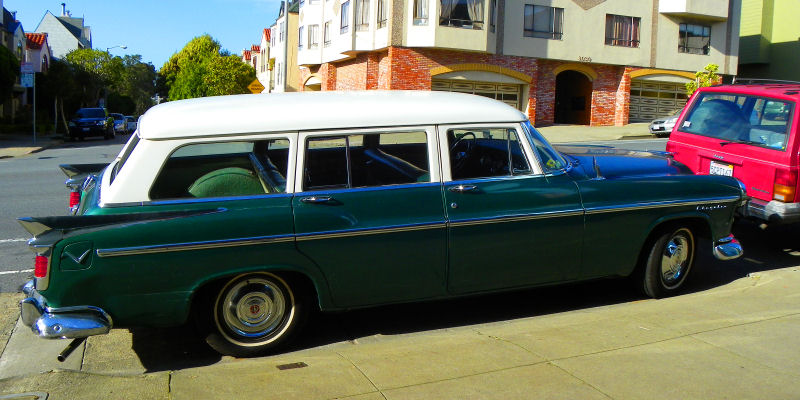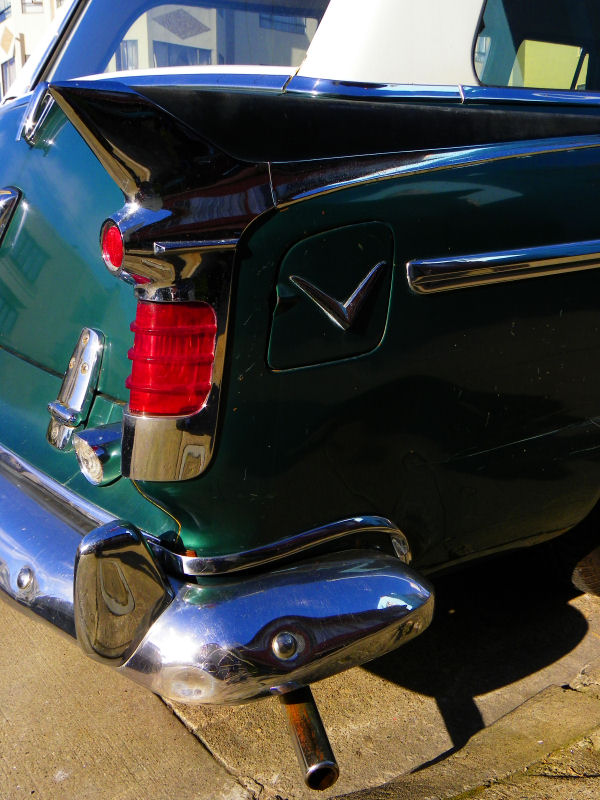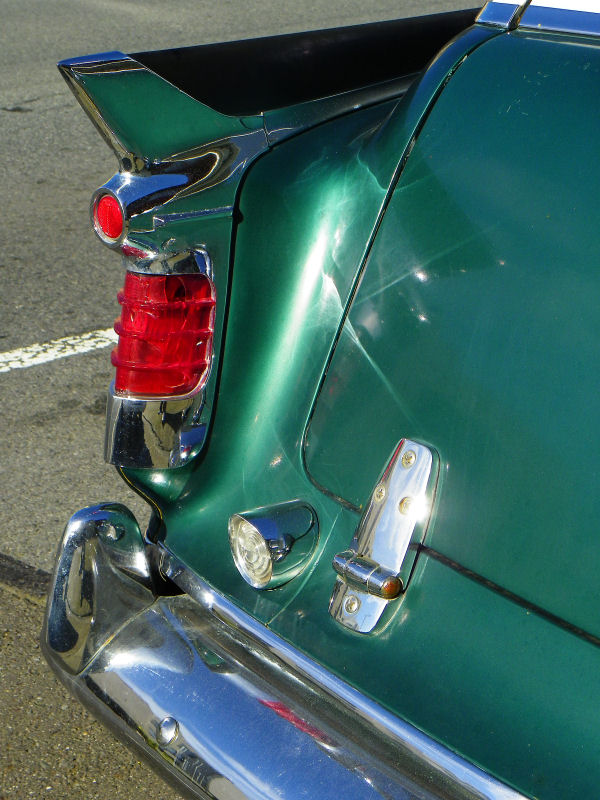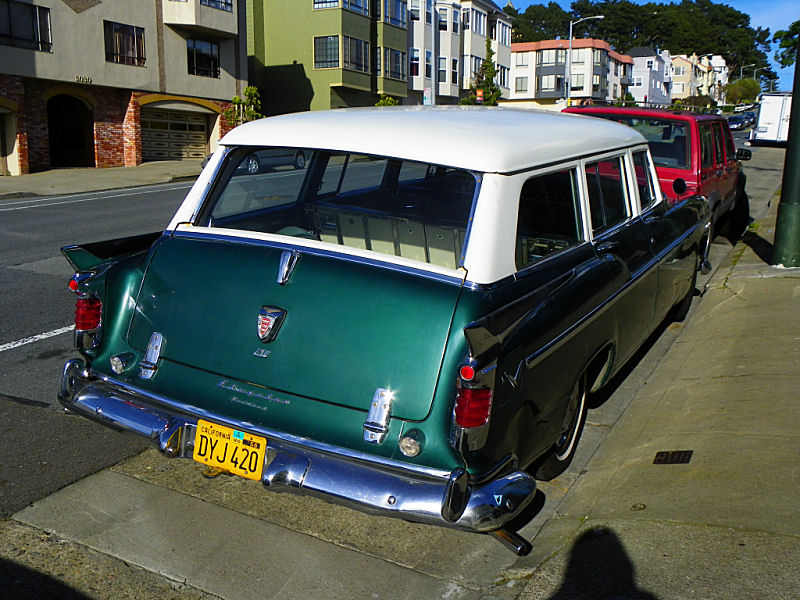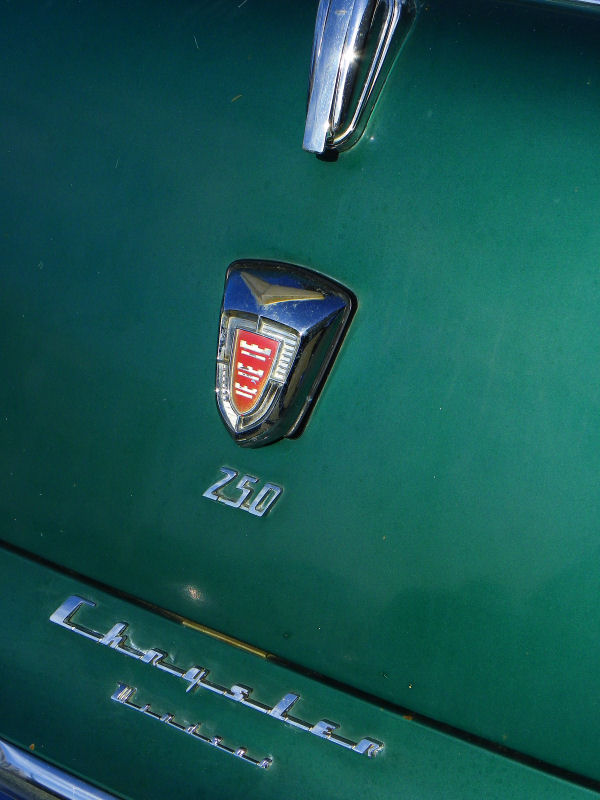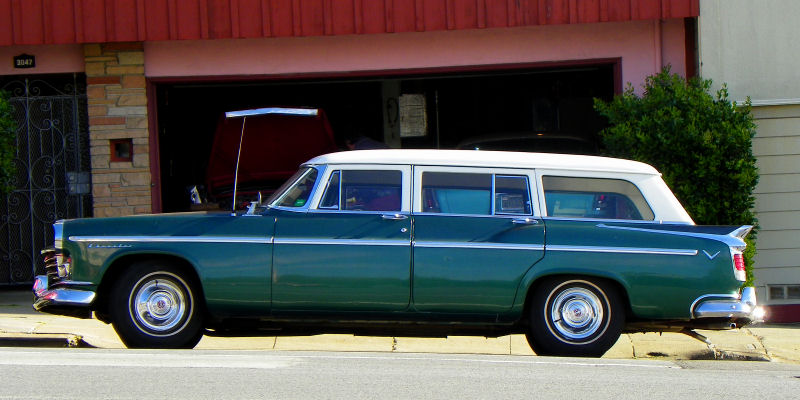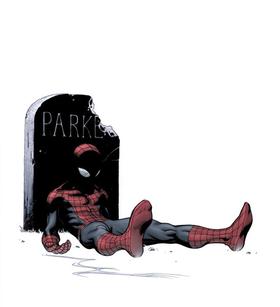This past weekend I delivered the eulogy at my Aunt Mary’s burial mass. Unsurprisingly, I spent much of the 48 hours prior thinking about what I would say. As I began composing what would become the eulogy I found myself lamenting not just the death of my beloved aunt, but the disappearance of an entire way of life that she represented.
The house in which I grew up was next door to that of my aunt and uncle, and most of my earliest childhood memories include them as often as they do my own parents. My two older brothers blur together with my three cousins next door. Numerous other relatives lived within either walking, or short driving, distance, and my entire childhood in Hawthorne is an unending melange of family members coming and going. Most notably, Sundays were full of family, as my grandparents had always come to Aunt Mary’s house every week after mass, which meant that all the other relatives usually came, too. The cast varied, but every Sunday, week after week for 25 or 30 years, members of the Gioia, Dragotto, Galatioto, Cicinelli, Leone, and Gallante families, to name but a few, came together to eat, drink, talk, play pinochle, share family stories, or watch television. I have but the dimmest recollection, if even any at all, of my Sicilian grandparents, but the Sunday tradition continued even after their deaths. My oldest brother has the clearest memories of these weekly gatherings, and he says it wasn’t unusual for him to be one of 15 or 20 children present, along with countless adult aunts, uncles, cousins, nephews, spouses, and others in attendance every Sunday.
For me, being surrounded by family in some capacity was a constant, until one day, it wasn’t. Crime in Los Angeles, especially the area in which we lived, had grown so bad that we had no choice but to move. My father owned a shoe store, and after yet another robbery at gunpoint my parents decided to sell the house and the store and move six hours north to Sonoma County. While the move was undoubtedly for the best in terms of safety, and clean air, it meant we suddenly had no family anywhere nearby. We weren’t the only ones, either. Family by family, we all left Hawthorne, Inglewood, Lawndale, moving to cities that were safer and serener, but also sterile and solitary. Where once we saw family every day, and gathered en masse after mass every Sunday, we now see each other perhaps every 10 to 15 years, at either a wedding or a funeral. Case in point: this weekend I met adults who were infants the last time I saw them.
I know ours wasn’t the only large family of Italians that once gathered at least once a week, and I’m equally certain that most who did, no longer do. The breakup of our clan mirrors that of most immigrant families in America. Before the 1970s, it was unusual if first and second generation immigrant families did not live, if not on the same block as multiple family members, then within a mile or two of nearly all their relatives. A family bought a house, and everyone moved in. As the family grew, or could afford to buy another home, they bought the house next door, or across the street. This began with immigrants congregating in specific parts of town, as when my grandfather came to the U.S. and moved into a tenement on Elizabeth Street, in New York’s Little Italy, because that block was populated not just by Sicilians, but primarily by Sicilians specifically from his hometown of Castellammare del Golfo. The next block was also Sicilian, but Sicilians from a different city. It was no surprise that when he met his wife, who lived on the same block as him, she was another Castellammarese.
Even as the family moved West, first to Detroit, then later to Los Angeles, the tradition of families living in close proximity continued, as did the tradition of immigrants from the same region moving to the same part of a city, and we were but one of many large Italians families living in Hawthorne. Living amongst others from the same Old Country made sense when it came time to marry off the younger, American-born, generation. In fact, when the Depression hit, my grandparents sent their eldest son to Los Angeles to scout for opportunity. He met with another Sicilian family and sent word for the rest of the family to move. The Gioias trekked across the country and stayed for a few nights with that family, the Dragottos, until they found a home of their own. Later, that eldest Gioia son would marry a Dragotto daughter, and the youngest Gioia, my recently departed and dearly missed Aunt Mary, would marry a younger Dragotto son, my Uncle Jack. (It was something of a minor crisis in my family when my father didn’t marry the Sicilian girl who’d been hand-picked for him by his family, and instead married a Mexican girl, but she was quickly adopted into the family and in short time became as Italian as anyone else.)
The automobile, then the interstate highway system, then the airplane, and now the internet have all served to give people greater mobility, and have also served to break up the close familial unit. As a society, we’ve tried to replace family with friends, often united by some shared interest. Whether it’s fans of the same sports team gathering regularly to watch their team’s games, either at a stadium or someone’s home, science fiction buffs attending weekly role-playing game sessions, or friends who bonded over an appreciation for some sub-genre of music meeting regularly at live shows or discotheques to listen, and dance, to their favorite bands together, there is usually some unifying force around which these friends rally, but whatever that force, it never seems as strong as the bond that family provides.
Friends move, interests change, former best friends marry and begin to raise children, and disputes or breakups polarize friendships. Perhaps most notably, age separates friends. Few, if any, groups of friends run the age gamut from infant to septuagenarian, as common interests, not to mention societal mores, don’t typically promote such interactions. The bond of family offers something else, a sort of true connection and shared history, the weight of which can’t be matched within a circle of friends. Your grandchildren will never care how your friend’s friend met his wife, but they will relish the tale of how your grandparents met.
What does this all mean? Hell if I know. About the only thing that I do know is that my generation had something important, something that dated back 200,000 years to the emergence of man and lasted until about the mid-1970s, taken from it during our childhood, and that subsequent generations will never even have that something to begin with. I think not having a large family in close proximity at all times has created a massive and unfillable void in our collective lives, and try as we might to replace that need with the ephemeral substitute of friends, we’ll never find a true replacement for what a family offers.






